Advertisement
In late 2023, a new AI company quietly appeared on India’s tech radar. Within months, it had made headlines by becoming India’s first billion-dollar AI startup. Krutrim, meaning “artificial” in Sanskrit, isn’t just chasing trends—it’s trying to build an Indian AI foundation from the ground up.
The startup was founded by Bhavish Aggarwal, known for creating Ola and Ola Electric. This time, the goal is different. Krutrim isn't building cars or ride apps but language models that speak to India. The idea is to give every Indian the ability to access AI in a language they understand.
India is a multilingual country, but most AI tools available today are built with English as the base. Krutrim approaches the problem differently by designing its large language model specifically for Indian languages. This includes not just Hindi or Tamil but dozens of regional dialects rarely appearing in global datasets. The company trains its models using native content, allowing it to understand grammar, phrasing, and context unique to each language.
This approach is significant because it opens access to people who don't rely on English. With more than 80% of Indians speaking regional languages daily, the need for language-based AI is massive. Krutrim is already testing early outputs in multiple languages, and while still evolving, the results show promise. The company plans to offer full-scale models and smaller, lightweight versions that can run on smartphones with limited computing power. This choice is practical—AI that works in real-world conditions, including in areas with low internet speeds and basic hardware.
By building from within India's linguistic structure rather than layering translation on top, Krutrim’s model delivers natural responses to native speakers. That level of alignment between the tool and the user could set a new benchmark for local AI integration.
Bhavish Aggarwal is not new to solving large-scale Indian problems through tech. With Ola, he addressed mobility in urban spaces. With Ola Electric, he looked at the future of transportation. With Krutrim, his focus shifts to India's digital voice—how Indians will communicate with machines in the years ahead. Rather than depending on global tools, he wants to create systems originating here, shaped by Indian data and logic.

What sets Krutrim apart from many startups is that it doesn't just want to build software. It's also working on creating its infrastructure. Aggarwal has clarified that relying on foreign chips and servers is not a long-term option. Krutrim is exploring ways to develop custom hardware, including AI chips tailored to its specific models. While still early, this step points toward independence in a space usually dominated by tech giants from the U.S. and China.
Aggarwal has brought in engineers from global firms like Google and Microsoft, combining international experience with a local mission. For many of them, this project is a return to working on problems that feel personal. Krutrim’s team is relatively small, but its goals are expansive—building the model and the digital framework to support it in everyday Indian use.
AI adoption in India has mostly been through external tools—chatbots for banks, customer support automation, or analytics in tech services. These systems often function as bolt-ons rather than core products. Krutrim introduces the possibility of AI created in and for India. It marks a move from consumption to creation.
One of the biggest impacts could be on government and public sector technology. India has already rolled out digital tools like Aadhaar and UPI on a large scale. An Indian-trained AI model could support new education, agriculture, and public administration initiatives. Imagine students in remote schools asking questions in Kannada or farmers checking crop advice in Marathi—Krutrim’s model is designed to handle that interaction.
The startup also plans to launch voice assistants, APIs for businesses, and desktop tools—all powered by its language model. These services are being built to work offline or in low-connectivity settings, reflecting the realities of tech usage across India’s varied regions.
If Krutrim succeeds, AI development could be shaped in countries with similar diversity. The model isn't just technical—it's cultural, fundamentally different from tools designed for English-speaking users.
The billion-dollar tag gives Krutrim visibility, but what matters now is whether it can deliver results that hold up under daily use. Large language models require constant fine-tuning and testing, especially when they cover multiple languages. Krutrim’s early versions have impressed in controlled demos, but scaling that performance across real-world queries will be the true test.
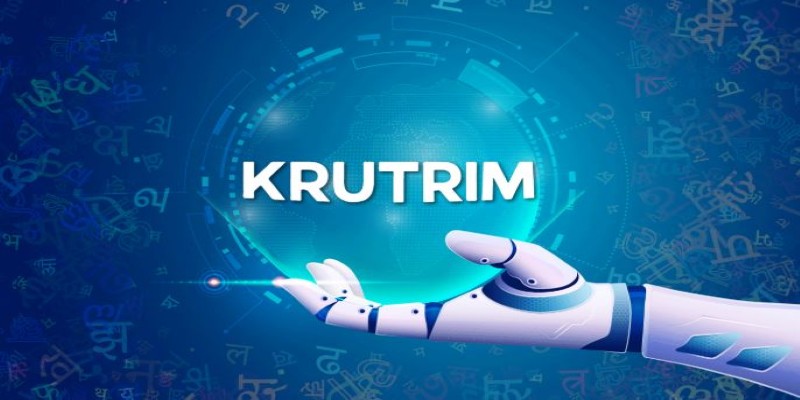
Another challenge lies in computing infrastructure. Training large models takes serious hardware, something few Indian startups currently possess. Krutrim plans to set up its data centers, which requires time, capital, and execution. If it can build or secure reliable access to domestic computing power, it will reduce its reliance on global cloud providers.
Government cooperation could become a major asset. Adoption will grow rapidly if public institutions integrate Krutrim’s tools into citizen-facing services. The technology must be stable, safe, and trustworthy for this to happen.
Krutrim’s focus on identity is unusual in the tech space. Most AI startups aim for broad, international appeal. Krutrim is doing the opposite—building something that’s unapologetically local. That difference may be its biggest strength.
Krutrim isn't trying to copy what's already been done. It's trying to do something India hasn't seen: create AI from scratch, train in Indian languages, and be ready for Indian lives. Its success would mean more than just financial gain. It would show that innovation doesn't have to follow someone else's blueprint. With its roots in local speech, culture, and context, Krutrim is building an alternative vision for what artificial intelligence can be. Whether it becomes a global player or stays focused on India, the conversation has already changed, and that's a solid start.
Advertisement
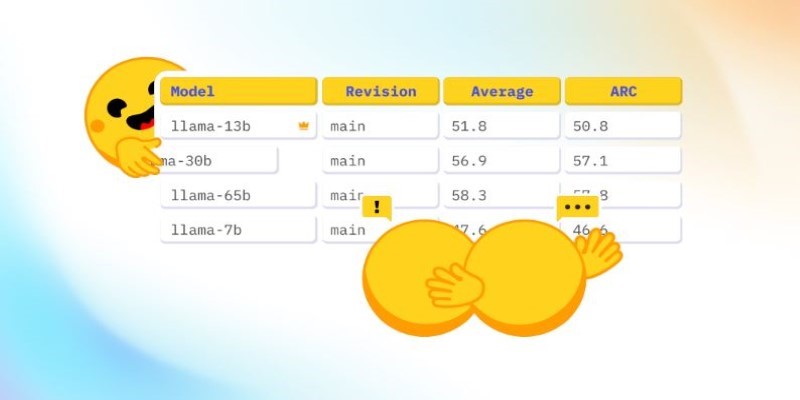
How Math-Verify is reshaping the evaluation of open LLM leaderboards by focusing on step-by-step reasoning rather than surface-level answers, improving model transparency and accuracy

What the Adam optimizer is, how it works, and why it’s the preferred adaptive learning rate optimizer in deep learning. Get a clear breakdown of its mechanics and use cases

How Krutrim became India’s first billion dollar AI startup by building AI tools that speak Indian languages. Learn how its large language model is reshaping access and inclusion
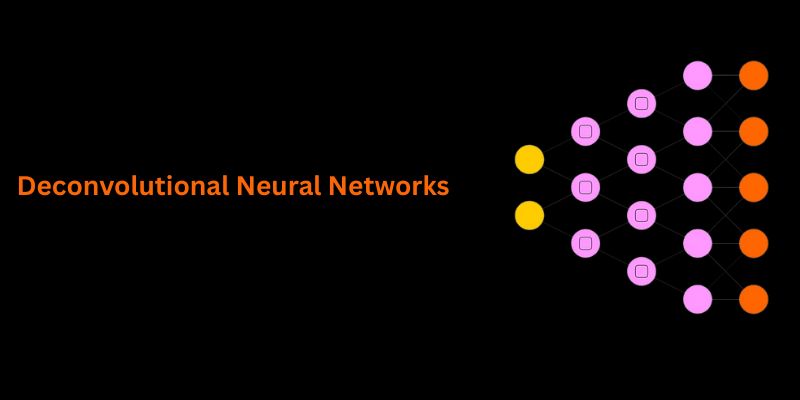
Understand how deconvolutional neural networks work, their roles in AI image processing, and why they matter in deep learning
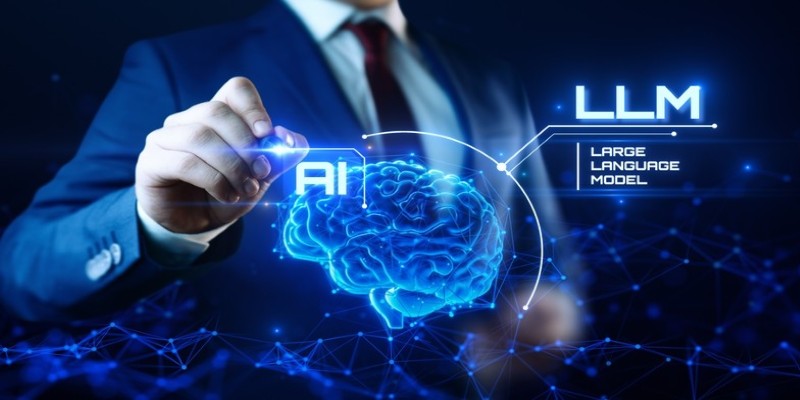
How LLM evaluation is evolving through the 3C3H approach and the AraGen benchmark. Discover why cultural context and deeper reasoning now matter more than ever in assessing AI language models

Language modeling helps computers understand and learn human language. It is used in text generation and machine translation

How Monster API simplifies open source model tuning and deployment, offering a faster, more efficient path from training to production without heavy infrastructure work

Hugging Face and JFrog tackle AI security by integrating tools that scan, verify, and document models. Their partnership brings more visibility and safety to open-source AI development

How Voronoi diagrams help with spatial partitioning in fields like geography, data science, and telecommunications. Learn how they divide space by distance and why they're so widely used
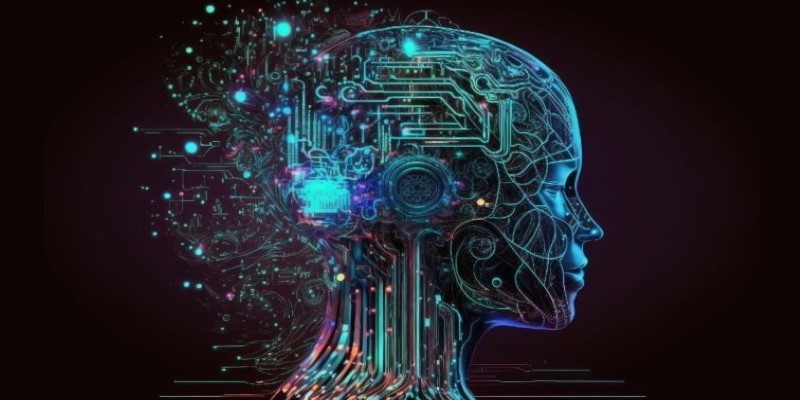
How stochastic in machine learning improves model performance through randomness, optimization, and generalization for real-world applications

How AI-powered earthquake forecasting is improving response times and enhancing seismic preparedness. Learn how machine learning is transforming earthquake prediction technology across the globe
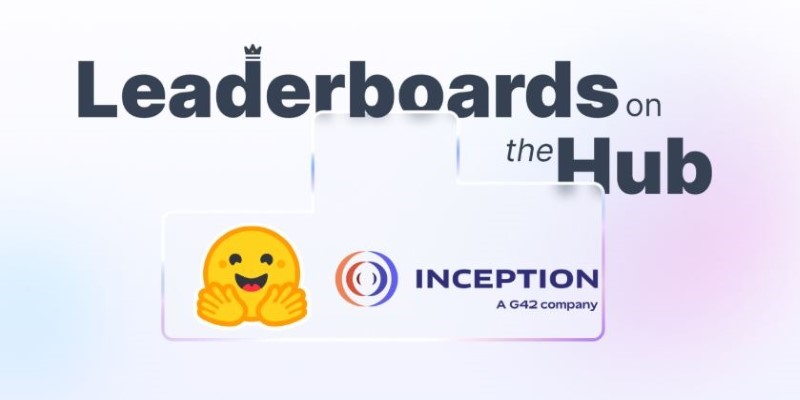
How Arabic leaderboards are reshaping AI development through updated Arabic instruction following models and improvements to AraGen, making AI more accessible for Arabic speakers